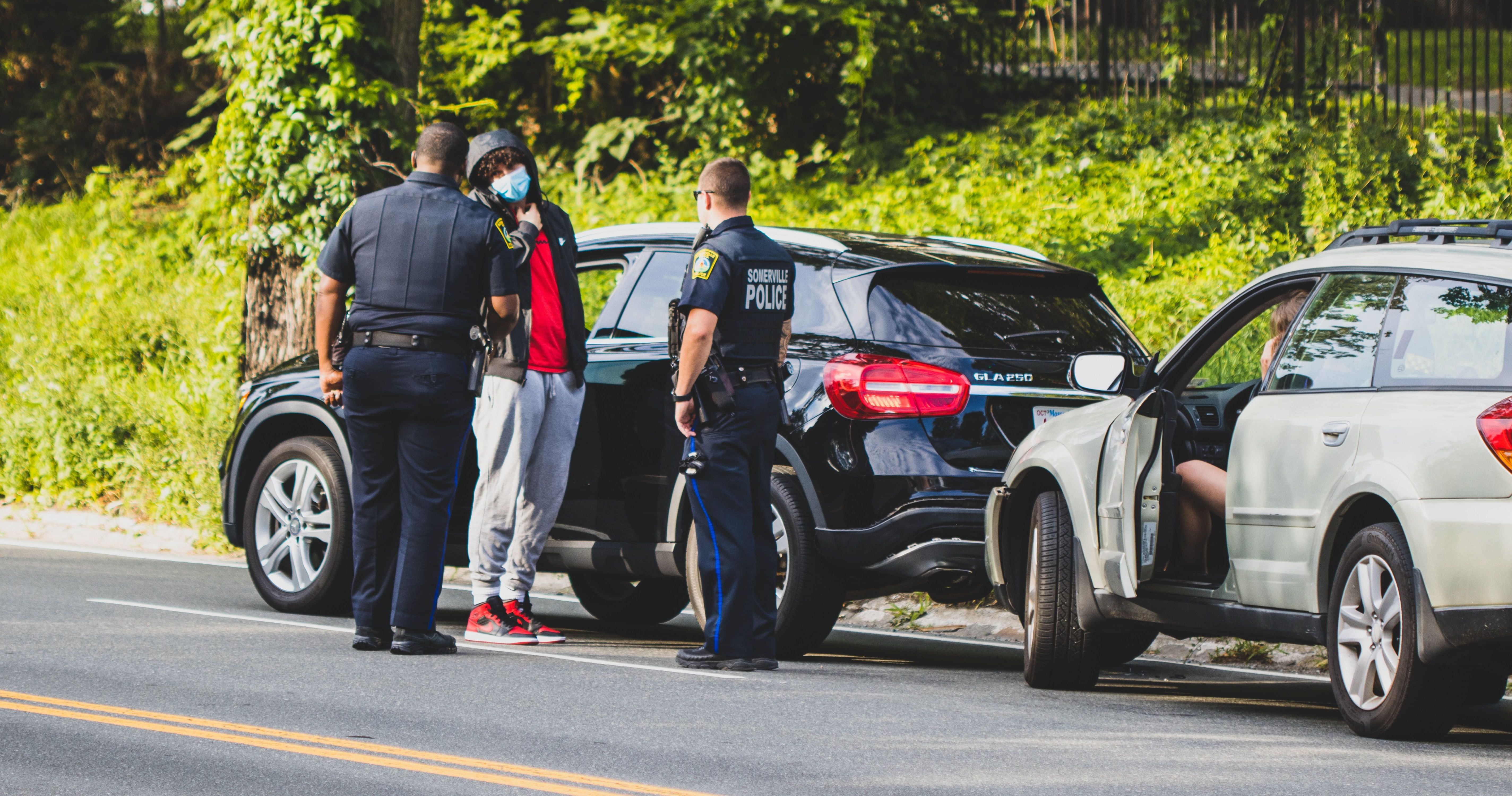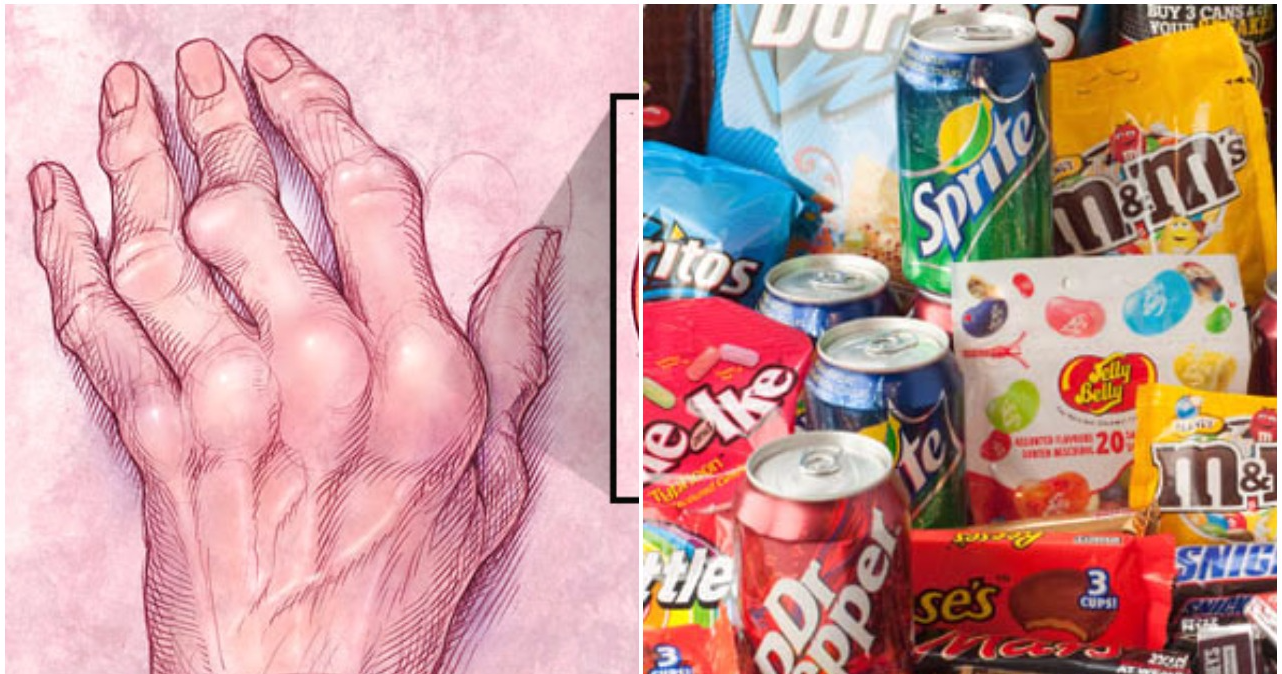When a person has an accident while driving a company car, he or she should determine the party to blame for the crash and who pays for the damage. Although many people know what to do when involved in a crash, issues like determining liability are somewhat different and more complicated in accidents involving company vehicles. Here’s more on the considerations to be made after crashing in a work vehicle.
Determining Fault
The first step to establishing the party that will be held financially responsible for the damages in a work-related car accident is determining who is at fault. The other driver may be at fault. For example, the driver may run a red light and hit the company car.
A worker driving a company car may also be at fault. For example, the person may be driving while distracted and rear-ends a vehicle that had stopped for a red light.
An accident may also occur because of a mechanical failure caused by poor maintenance of the company car, in which case the employer could be held liable. For example, the brakes of a company car may fail soon after an employee is given the car by the employer and lead to a crash.
Who Pays After a Company Car Accident?
The insurance company that will pay for damages in an accident involving a company vehicle depends on the party at fault and the purpose for which the employee was using the company vehicle.
When the Other Driver Is to Blame
If the other driver is responsible for the crash, his or her insurance company will cover the damages.
When the Employee Is at Fault
Companies have insurance to cover work-related auto accidents. When a company owns the vehicle an employee is driving, its insurance company will pay for damages if an employee causes an accident while performing work-related duties.
For example, an employee may be driving a company car to meet with a client and rear-ends a vehicle that stopped abruptly in front of him or her. The company will assume liability for the accident because the employee was in the scope of his or her job duties at the time of the crash.
A worker injured in a company vehicle accident while acting within the scope of his or her employment can also seek workers’ compensation benefits from his or her employer. A work injury lawyer can help the employee explore all available options for getting compensation.
Limits to Employer’s Liability
Employees would lose coverage by the employer’s insurance if they were at fault and not in the scope of their duties when an accident occurred. For example, an employee may drive the company car to take his or her kids to skating practice after work. When driving home from the practice, he or she rear-ends a vehicle that stops in front of him or her.
In this case, the employee may be held responsible for damages suffered because he or she was using the company car for non-company activities.
An employer may also not be legally required to cover any injuries or damages if the employer was using the company car for personal purposes during his or her work time. This is referred to in legal terms as frolic. For instance, an employee may be using the company vehicle to make sales calls and decides to squeeze in a workout session. On the way to the gym, the employee runs into another vehicle.
That could be considered frolic. The employee could be liable for property damage and any personal injury claims that other victims make.
Driving a company vehicle can be a privilege as well as a burden. It is crucial for an employee who uses a company car to know what the local and state laws say about company car accidents and the type of coverage that the employer has.

